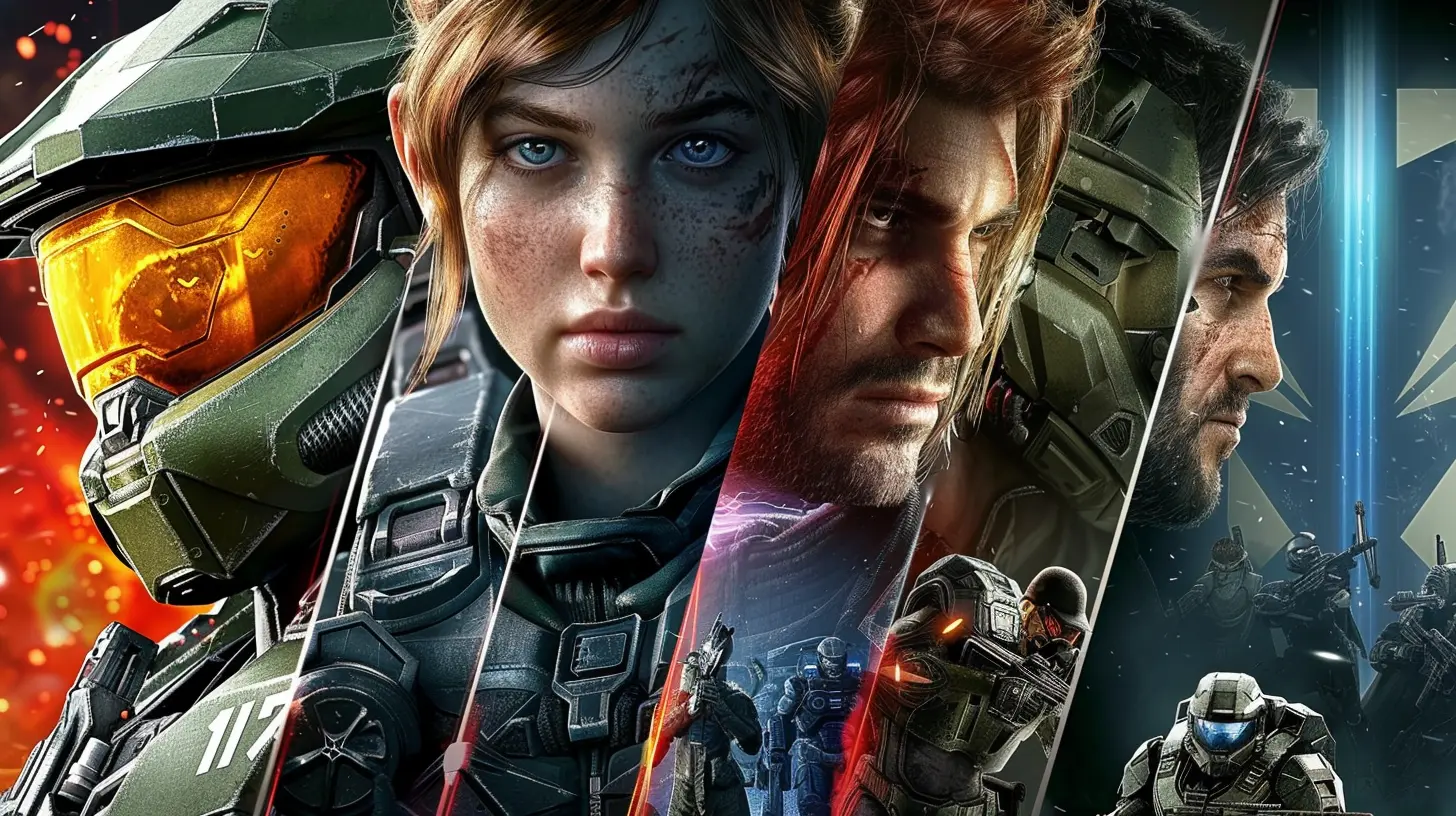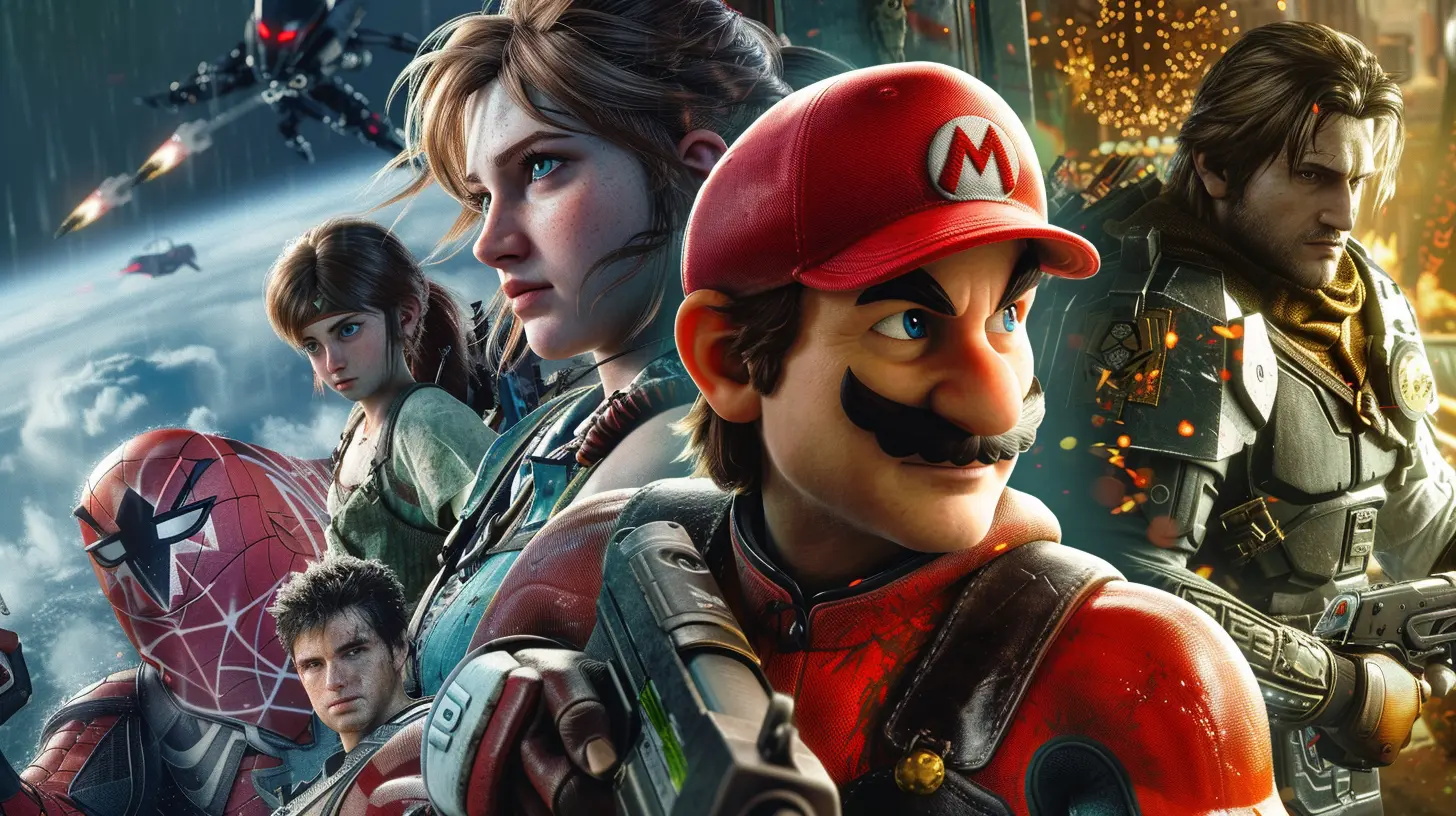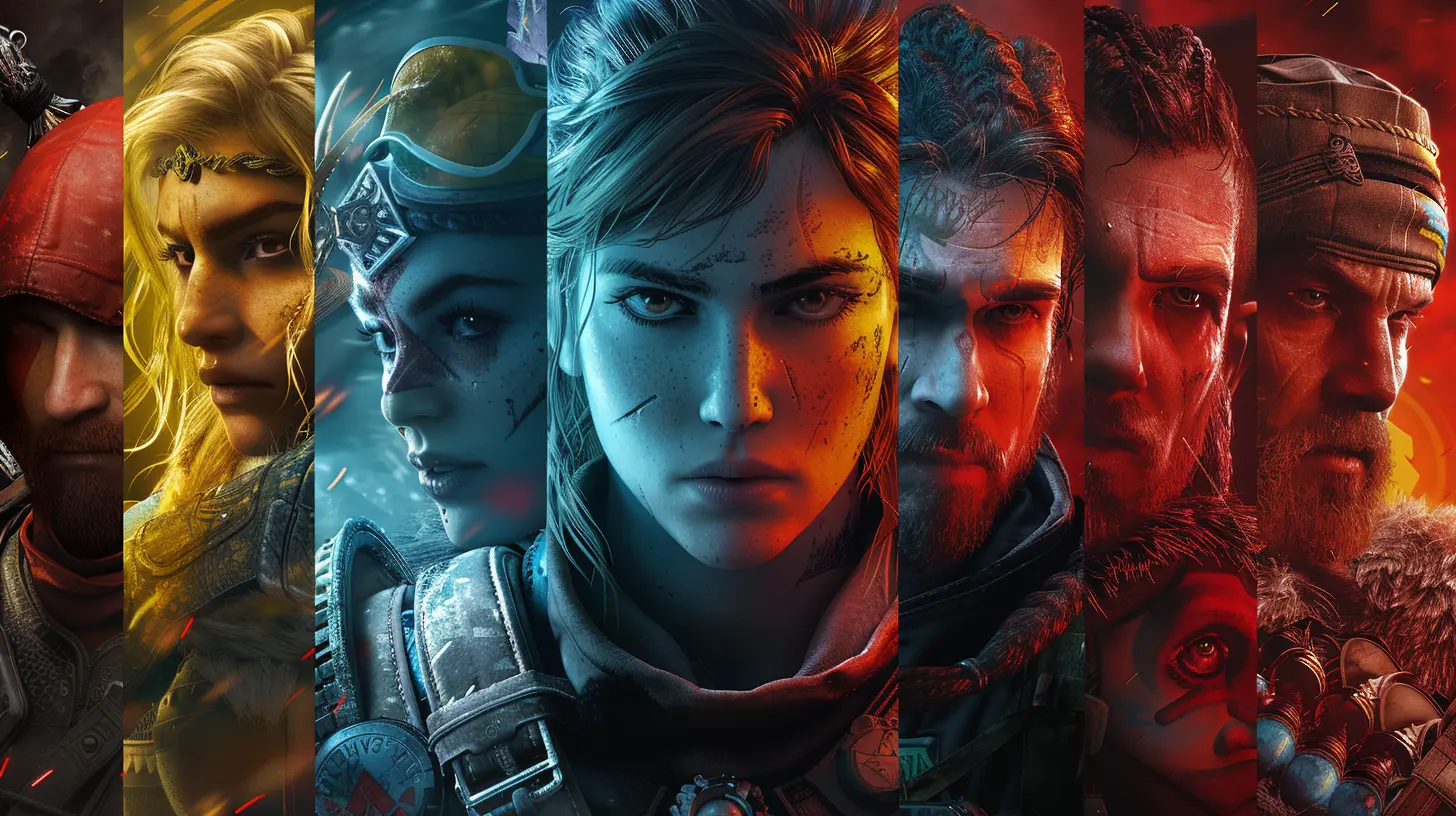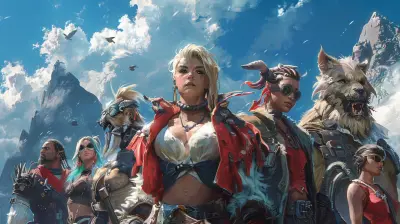The Rise and Fall of Gaming Franchises: What Went Wrong?
1 September 2025
It’s no secret that gaming has shaped our lives in ways we never anticipated. From 8-bit pixelated adventures to mind-blowing, photo-realistic storytelling, video game franchises have dominated the entertainment industry—and our hearts—for decades. But not every beloved game franchise gets to enjoy an eternal reign at the top. Some who once stood tall on the throne have crumbled into the abyss of irrelevance faster than you can say, "Patch 1.0 is live!"
So, what happened? Why do some gaming franchises thrive, while others fade away like a poorly coded NPC? Grab your controller—or keyboard—and let’s dive into the rise and fall of gaming franchises to figure out what really went wrong.
The Thrilling Rise: How Franchises Captured Our Hearts
1. Nostalgia: The Ultimate Cheat Code
Do you remember the first time you stomped on a Goomba, collected a Chaos Emerald, or took down a Covenant Elite? Gaming franchises like Super Mario Bros, Sonic the Hedgehog, and Halo built their empires on unforgettable experiences. These games weren’t just titles; they were cultural events that brought people together.Nostalgia was their secret weapon. They created memorable characters, soundtracks, and worlds that etched themselves into our brains like cheat codes we’d never forget. These games weren’t just fun; they became a part of our identity.
2. Innovation: Never Hitting Pause
The best franchises didn’t rest on their laurels. They innovated. Take The Legend of Zelda—Nintendo could’ve just given us a rinse-and-repeat adventure formula every few years, but they didn’t. Instead, we got ground-breaking titles like Ocarina of Time and Breath of the Wild. These games redefined mechanics and kept players on their toes.Innovation wasn’t just a cherry on top; it was the whole cake.
3. Community Matters
When games hit big, their success often snowballed. Take Call of Duty, for example. It didn’t just sell millions of copies; it created a loyal community so invested that they treated each annual release like a social reunion. The multiplayer modes made players feel like they were part of something bigger. Franchises that leveraged this sense of connection thrived hard.
The Downward Spiral: Everything Can’t Be DLC
Not all gaming franchises stayed at the top of their game. Some fell into obscurity, while others tanked their reputations so hard they made fans want to uninstall life itself. Let’s talk about what went wrong.1. Over-Monetization: When Cash Grabs Ruin the Fun
Here’s a hot take: Remember when games were about, you know, playing games? Over time, companies began treating their games less like art and more like vending machines. Enter: loot boxes, pay-to-win shenanigans, and overpriced DLCs (looking at you, Star Wars Battlefront II).Franchises like Assassin’s Creed and FIFA have been massively criticized for their focus on microtransactions. Players were left wondering, “Am I buying a game or a glorified slot machine?” When this nickeling-and-diming trend became mainstream, trust between developers and fans crumbled faster than a noob in Dark Souls.
2. Yearly Releases: The Fast Lane to Burnout
Raise your hand if you’ve ever bought a sequel that felt like the same game with a fresh coat of paint. Yeah, me too.Franchises such as Call of Duty and Madden NFL became infamous for dropping annual releases that barely improved, if at all. Instead of crafting well-thought-out experiences, these companies churned out games like factory assembly lines. Fans eventually caught on, and the cracks in those franchises’ shiny armor became glaringly obvious.
3. Losing Their Identity
You ever play a game from a beloved series and think, “Wait, who asked for this?” Yeah, same here. Sometimes, franchises go off the rails, diluting what made them special in the first place. Resident Evil, for example, was once the king of survival horror—but then it doubled down on action over atmosphere (Resident Evil 6, we’re looking at you). The result? It alienated its core fanbase.When franchises try to please everyone, they end up pleasing no one. You wouldn’t expect your favorite burger joint to suddenly start serving sushi, right? The same principle applies here.
Victims of the Fall: Case Studies That Hurt
1. Sonic the Hedgehog
Let’s talk about the blue speedster for a second. Sonic was the mascot of the '90s, rivaling even Mario. But after the golden era of games like Sonic the Hedgehog 2, things got… weird. Titles like Sonic '06 and Sonic Boom were riddled with bugs, cringe-worthy dialogue, and gameplay that barely resembled its roots. They tarnished what was once a shining legacy.2. Mass Effect
Mass Effect was legendary—until it wasn’t. The original trilogy was a masterclass in storytelling and player choice. Then came Mass Effect: Andromeda, a game so riddled with awkward animations and shallow writing, it became a meme overnight. EA’s rushed development cycle was blamed, and the series hasn’t fully recovered since.3. Silent Hill
This one hurts. Silent Hill was once the pinnacle of psychological horror. Then Konami decided to can the incredible-looking Silent Hills reboot (still crying over PT) and churn out subpar spin-offs. It’s like watching your favorite horror movie franchise turn into a bad parody of itself.
Can Fallen Franchises Rise Again?
Absolutely. Gaming history has shown that even the most battered series can make a comeback. Look at No Man’s Sky—it went from disappointing launch to redemption story of the decade. Or how about Final Fantasy XIV, which literally relaunched itself into one of the most popular MMOs today?The secret? Developers need to listen to their fans, respect their franchise’s roots, and be willing to put quality and heart over shortcuts. Easier said than done, sure, but it’s not impossible.
What’s Next?
In the end, the rise and fall of gaming franchises is a rollercoaster ride—one that’s exhilarating, heartwarming, and sometimes ridiculously heartbreaking. But if there’s one thing we know about gamers, it’s that we never stop hoping for a comeback. After all, just like in the games we play, there’s always a chance for a second life, a retry button waiting to be pressed.Until then, all we can do is hold onto our controllers, cross our fingers, and hope that the franchises we love don’t crash and burn.
all images in this post were generated using AI tools
Category:
Gaming NewsAuthor:

Madeleine McCaffrey
Discussion
rate this article
1 comments
Mia Clarke
Franchise fatigue often stems from innovation stagnation and lackluster storytelling.
September 2, 2025 at 3:20 PM

Madeleine McCaffrey
I completely agree. When franchises stop pushing boundaries and fail to deliver compelling narratives, it can lead to diminishing interest and engagement from fans.


